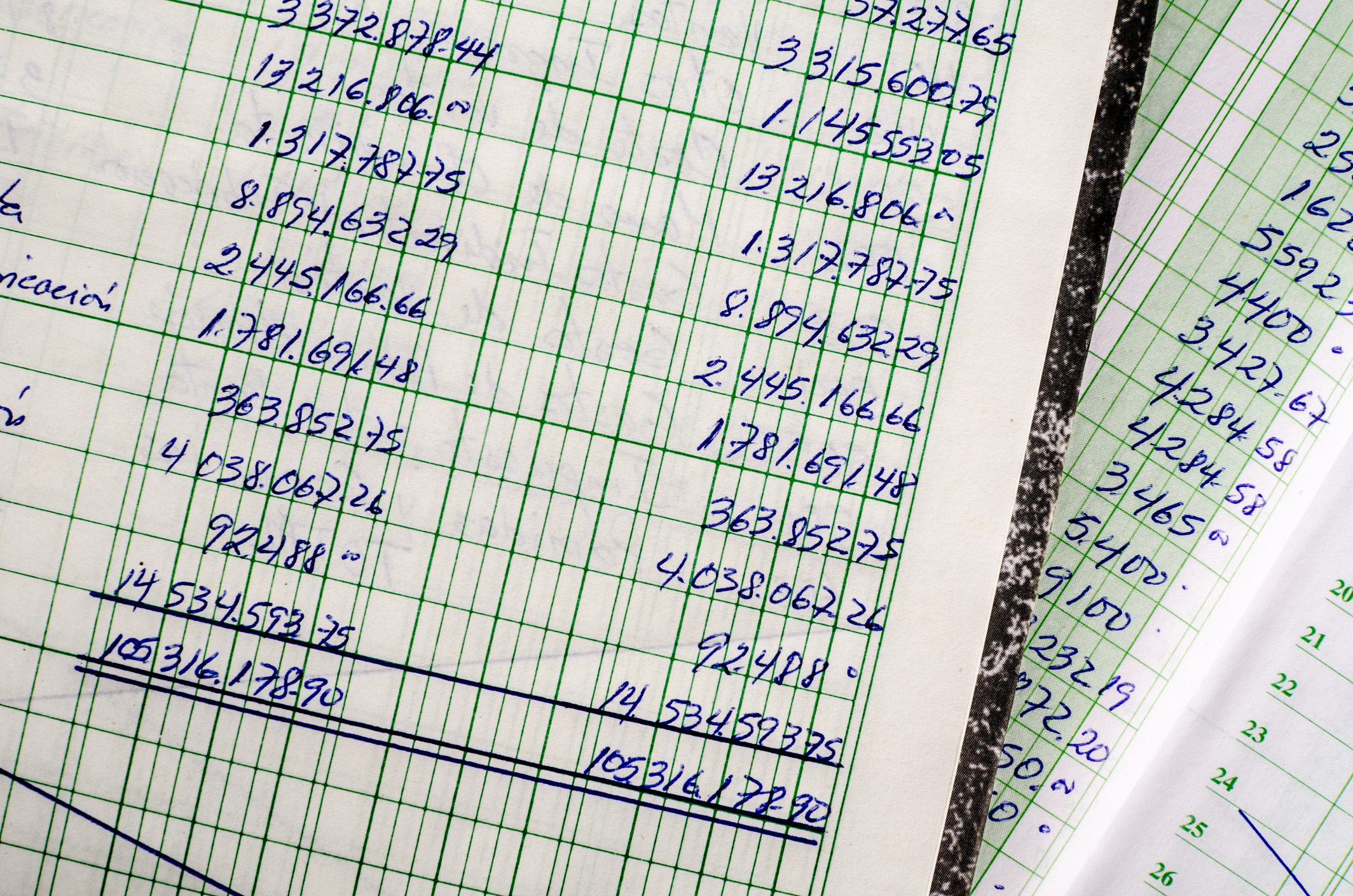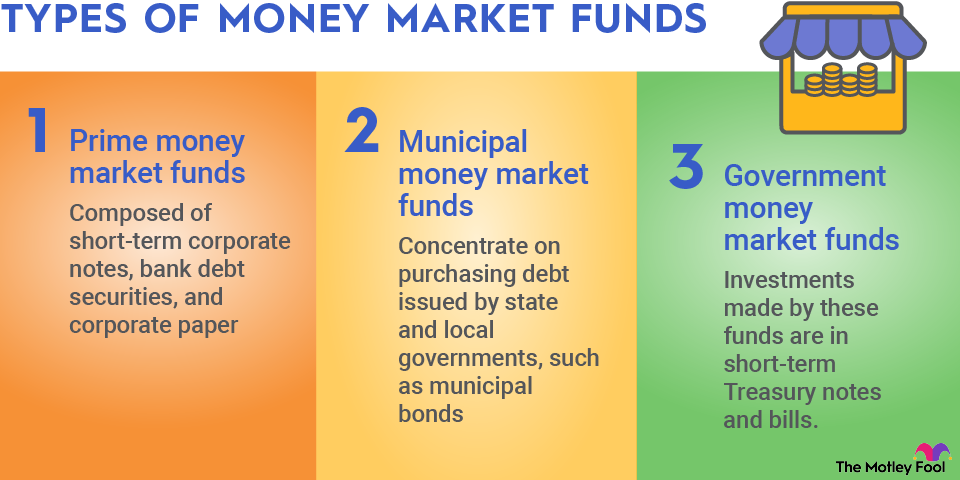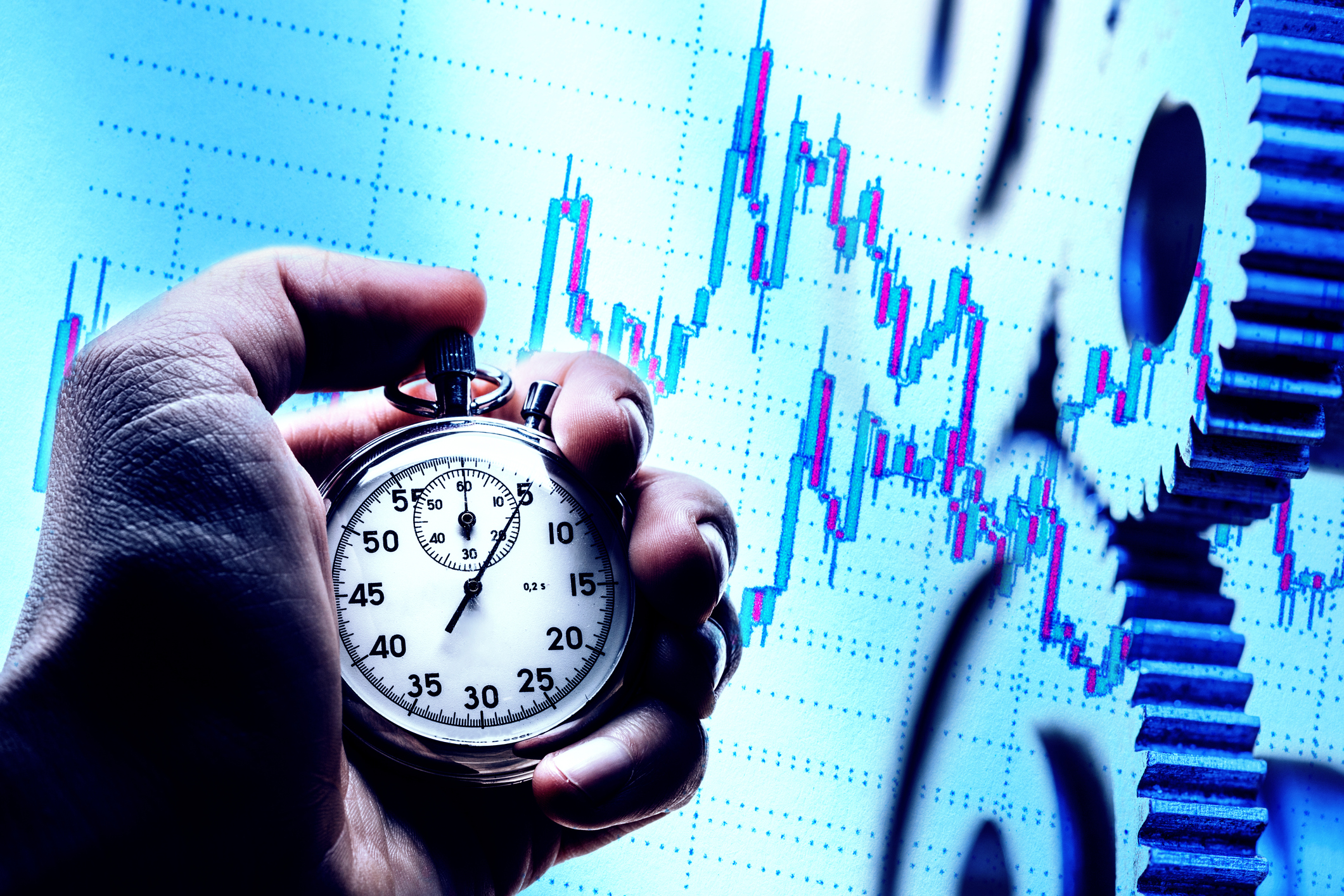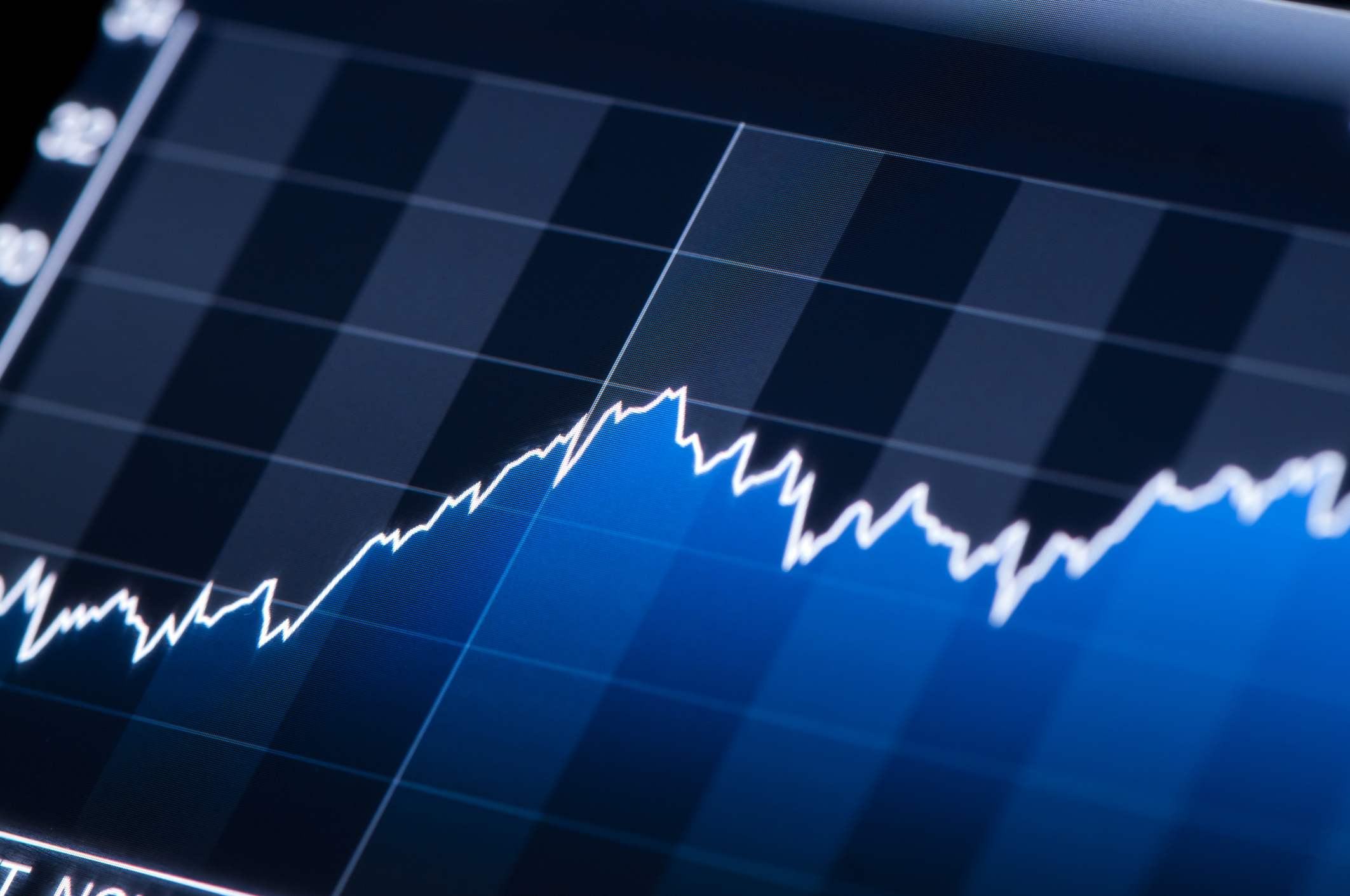When it comes down to it, there are several different categories that our money supply fits into, including the M1 money supply. These categories help economists and policymakers decide how to move forward with monetary policy and give everyone a little more of a finger on the pulse of the economy. Here's how to better understand this measurement.

What is the M1 money supply?
The M1 money supply is one category of money supply that is more familiar to most people. It's the basic money supply that's used as a medium of exchange, and it is extremely liquid.
It's also considered to be the money in circulation -- even if it's busy hanging out in your pocket. It includes most types of very liquid deposits, including your checking account, your savings account, and the cash that's stuffed inside your mattress.
The government knows how much cash it put into circulation, so even if that money is held up in a shoebox in your grandmother's attic, it's still considered to be in play. Money in demand deposit accounts at regular domestic banks and credit unions (not international or government-owned banks or depository institutions) is also part of this figure.
How do you calculate the M1 money supply?
You actually don't need to calculate the M1 money supply because the Federal Reserve reports it regularly. It's defined slightly differently for different countries, but if you want to try to calculate the M1 money supply of the United States, it's pretty simple.
When you're determining the M1 money supply, start with the bills and coins in circulation and add the value of the deposit accounts that are considered liquid at regular banks, including checking and savings accounts, negotiable order of withdrawal (NOW) accounts, and credit union share draft accounts. Traveler's checks should also be added to this equation.
M1 money supply versus M2 money supply
Some of the most common money supplies we hear about are the M1 and M2 money supplies. This can get pretty confusing since not only do they sound alike, but the M2 money supply is made up of the M1 money supply plus some other things.
M2 is a broader measure of the money supply, which also includes less liquid accounts such as money market securities and certificates of deposit (CDs) under $100,000. These are still fairly liquid assets, but they're not immediately convertible into cash.
The rule of thumb with M1 is that if you can write a check and get a withdrawal immediately, it's probably M1. If you have to request a withdrawal, but you can have it in a few hours, it's probably M2.
Related investing topics
Why the M1 money supply matters to investors
Although M1 isn't always used to make major monetary policy anymore, it's still important to investors. M1 shows how liquid customers are compared to other times in history and can give an idea of how much economic activity is possible.
If, for example, the M1 money supply were down 50% from two years ago, you could pretty easily guess that retailers are going to be fighting a lot harder for their piece of the pie. If you have some retail stocks you feel have always been low-end performers, it might be time to cut them loose since your stronger fighters will likely take more of that limited share of money.
Similarly, if a manufacturer hasn't really established a strong moat and is fighting for the dollars of retailers seeking goods for their stores, it may not be a good time to add to your holdings if the M1 money supply looks like it may stay low for a while. This tells you about the consumer, what they can and cannot do, and what they're willing to spend versus what they're putting away in difficult-to-access accounts.


















